Bell tents are loved for their spacious interiors and rustic-meets-luxury charm—but how do they hold up when the heavens open?
With proper waterproofing techniques and maintenance, your bell tent can provide a dry and comfortable haven even during rainy weather. From choosing a high-quality waterproof tent to seam sealing, ventilation, and proper storage, these tips will help you stay dry and protect your tent from potential water damage. .
At Boho Bell Tent, we’ve pitched in everything from light drizzle in the Cotswolds to full-on storms in the Lake District - in fact we'd go as far as to say that we are glamping aficionados! With the right prep and maintenance, a bell tent can keep you warm and dry through it all. In this guide, we’re sharing tried-and-tested waterproofing techniques to help you stay cosy and confident—whatever the weather throws your way
1️⃣ Start With a Quality Waterproof Bell Tent
Not all bell tents are created equal. If you’re expecting wet weather (hello, UK campers!), your first line of defence is a high-quality waterproof bell tent
✅ Look for:
• Cotton canvas with a proofed (waxed or treated) finish
• Polycotton blends with PU coating
• Hydrostatic head rating of 3000mm+ (for synthetic options)
🌧 Our experience: We’ve tested several models in UK rain—our 100% cotton 5M bell tent without any proofing treatment held up flawlessly for a full 48-hour downpour in Devon (I would also like to add we weren't aware we were going to be running such rigorous tests as we headed off - we just didn't check the weather forecast!)
2️⃣ Seal the Seams
Even high-quality tents need a bit of help. Seam sealer stops water from sneaking through tiny needle holes in the stitching.
🛠 How to do it:
• Apply seam sealant to interior seams using a brush or nozzle
• Focus on floor joins, central pole points, and guy-line attachments
• Allow to cure for 24 hours
🔎 Tip: Our tents arrive factory-sealed— if you are unsure about your bell tent then be sure to check your manufacturer’s instructions before applying extra treatment.
3️⃣ Add a Groundsheet or Footprint
Don’t let soggy ground ruin your glamping vibe. A groundsheet (or footprint) acts as a waterproof buffer under your tent floor.

💡 Benefits:
• Prevents moisture rising up from wet soil
• Protects the tent floor from abrasion and mud
• Makes packing down easier (less mess!)
4️⃣ Ventilate to Prevent Condensation
Here’s a glamping paradox: ventilation helps keep your tent drier. While it won’t stop rain, it helps reduce condensation, which is a common issue during wet nights.
🪟 What to check for:
• Zip-open windows with mesh screens
• Roof vents or high air vents
• Cross-ventilation (open two sides slightly for airflow)
🛏 Pro tip: Avoid sealing your tent completely shut in rain—crack a vent or two to keep air moving and prevent that “damp” feeling.
5️⃣ Keep the Tent Taut
A loose tent is a leaky tent. When the fabric sags, rain pools—and pooled water = pressure = leaks.
✅ Keep it tight by:
• Regularly checking guy ropes
• Using proper tensioners or sliders
• Re-tightening after heavy rain or wind
🧵 Tip: Cotton canvas tightens slightly when wet, so re-check guy lines 20–30 mins into rainfall.
6️⃣ Avoid Touching the Walls
It might be tempting to lean against the tent wall or hang things—but resist! Touching the interior during rain can cause water to wick through the fabric.
🚫 Instead:
• Hang gear from the centre pole or roof loops
• Use internal organisers to keep items off the sides
• Store wet clothing in a dedicated waterproof bag
7️⃣ Dry It Thoroughly Before Storage
This is essential. Storing your tent even slightly damp can lead to mould, mildew, and that dreaded musty smell.
☀️ Post-trip care:
• Pitch or hang your tent fully until dry (indoors if needed)
• Wipe down any mud or debris
• Store in a breathable cotton bag in a dry, cool place
💬 We once had a friend bring in a tent stored damp for just 10 days—it took hours to remove mildew and restore the proofing. Don’t skip this step!


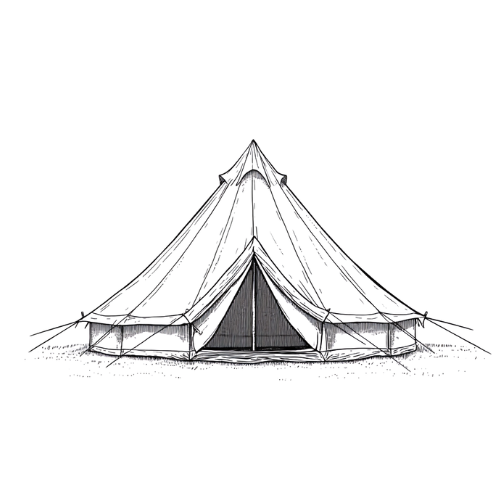 Canvas Bell Tents
Canvas Bell Tents Bell Tent Accessories
Bell Tent Accessories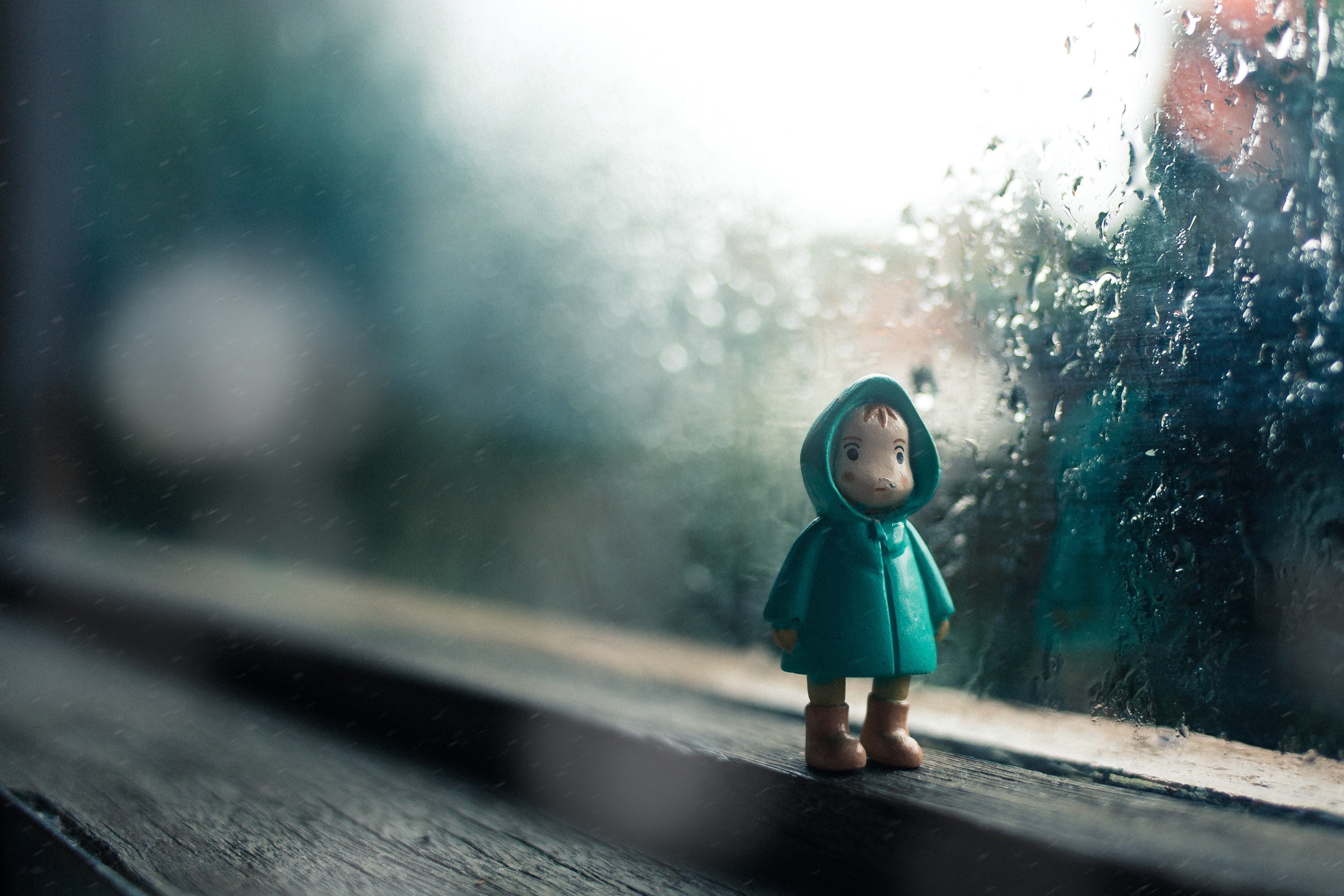

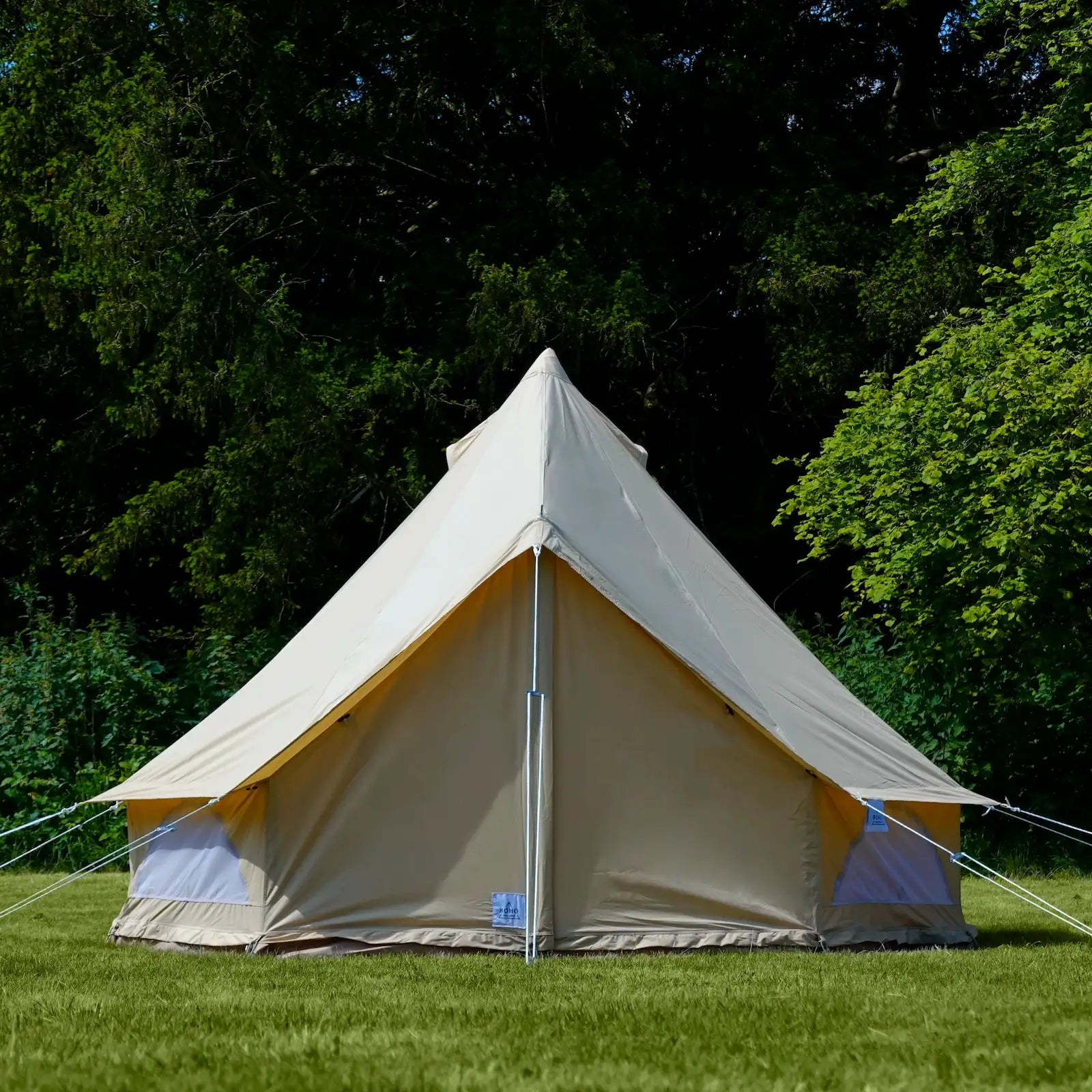
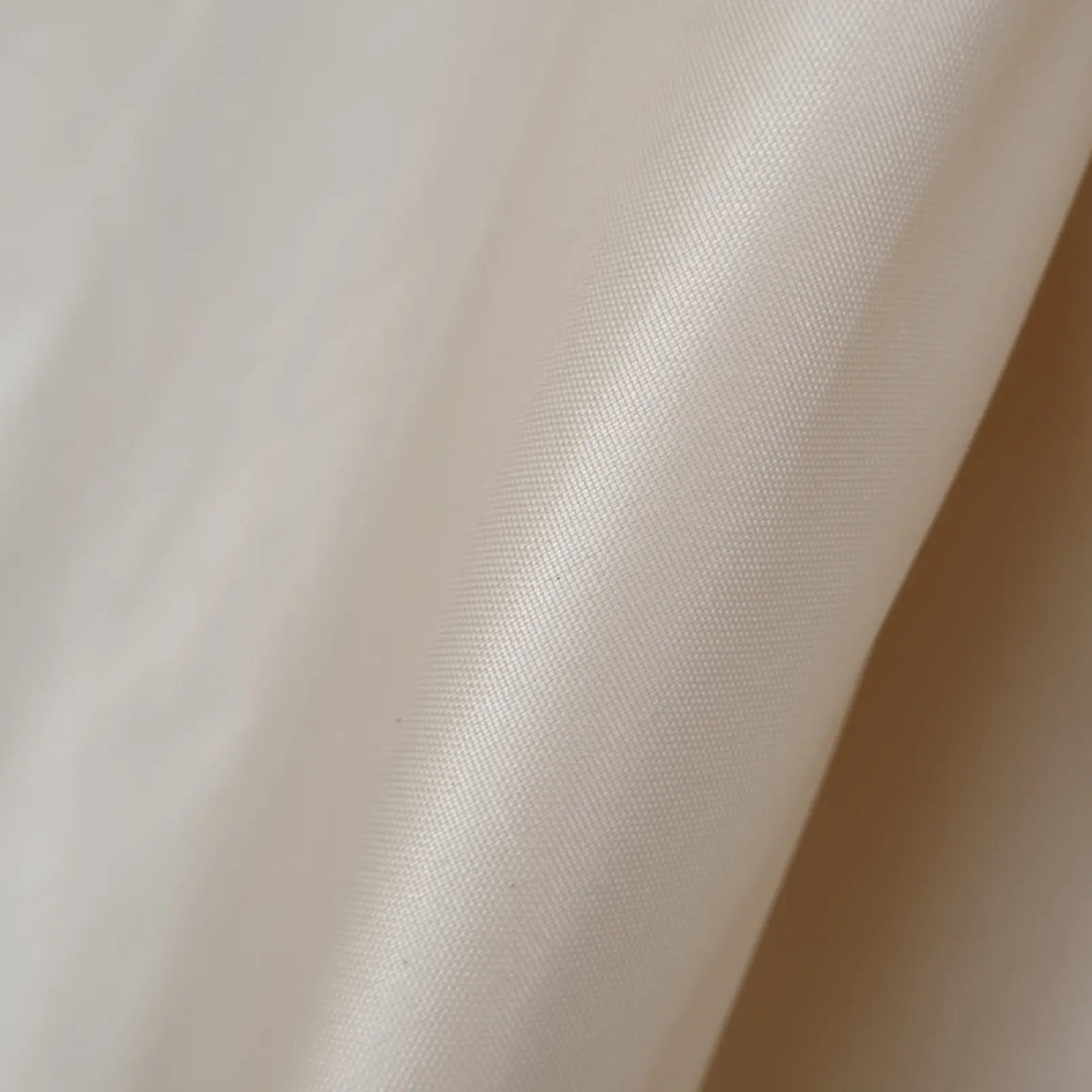
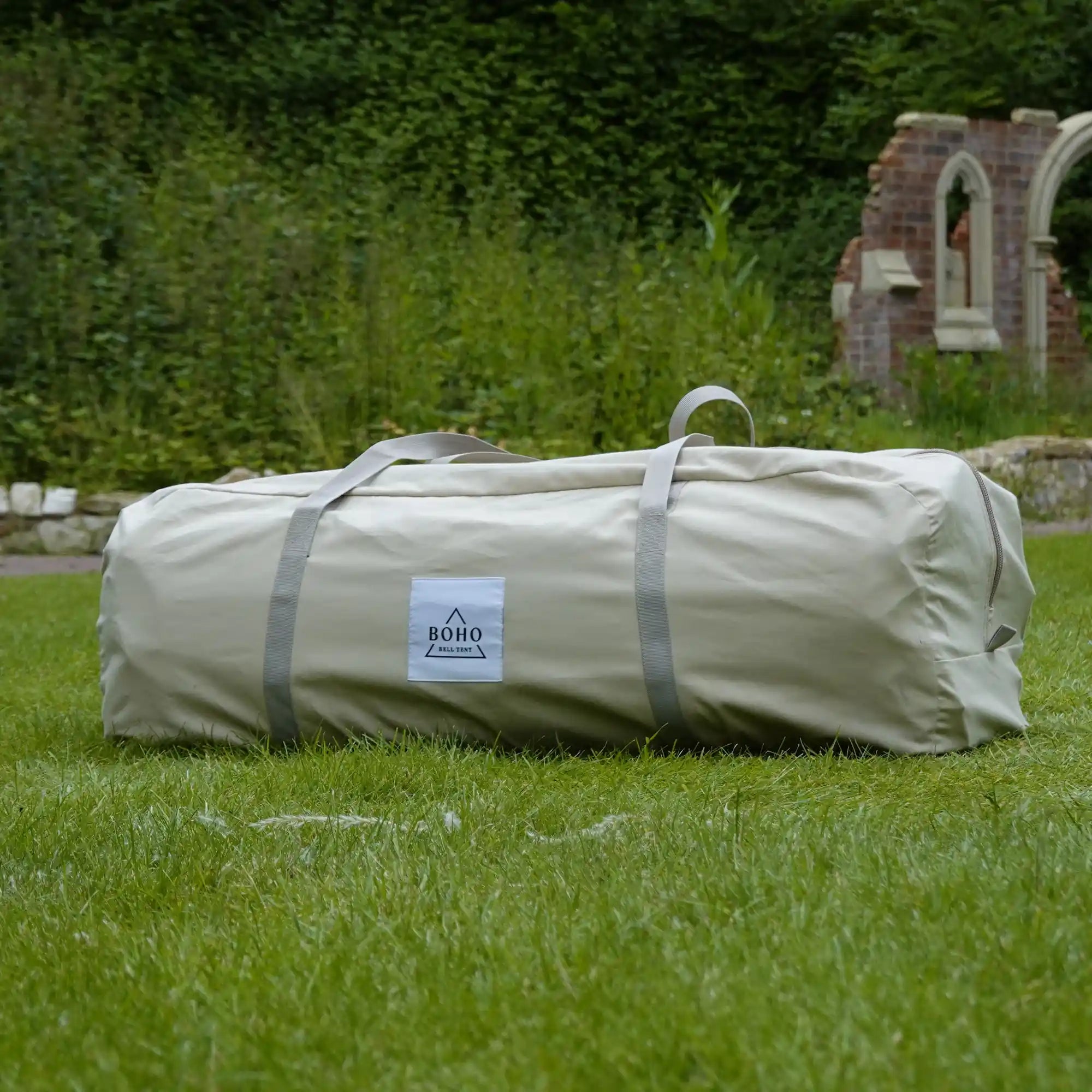
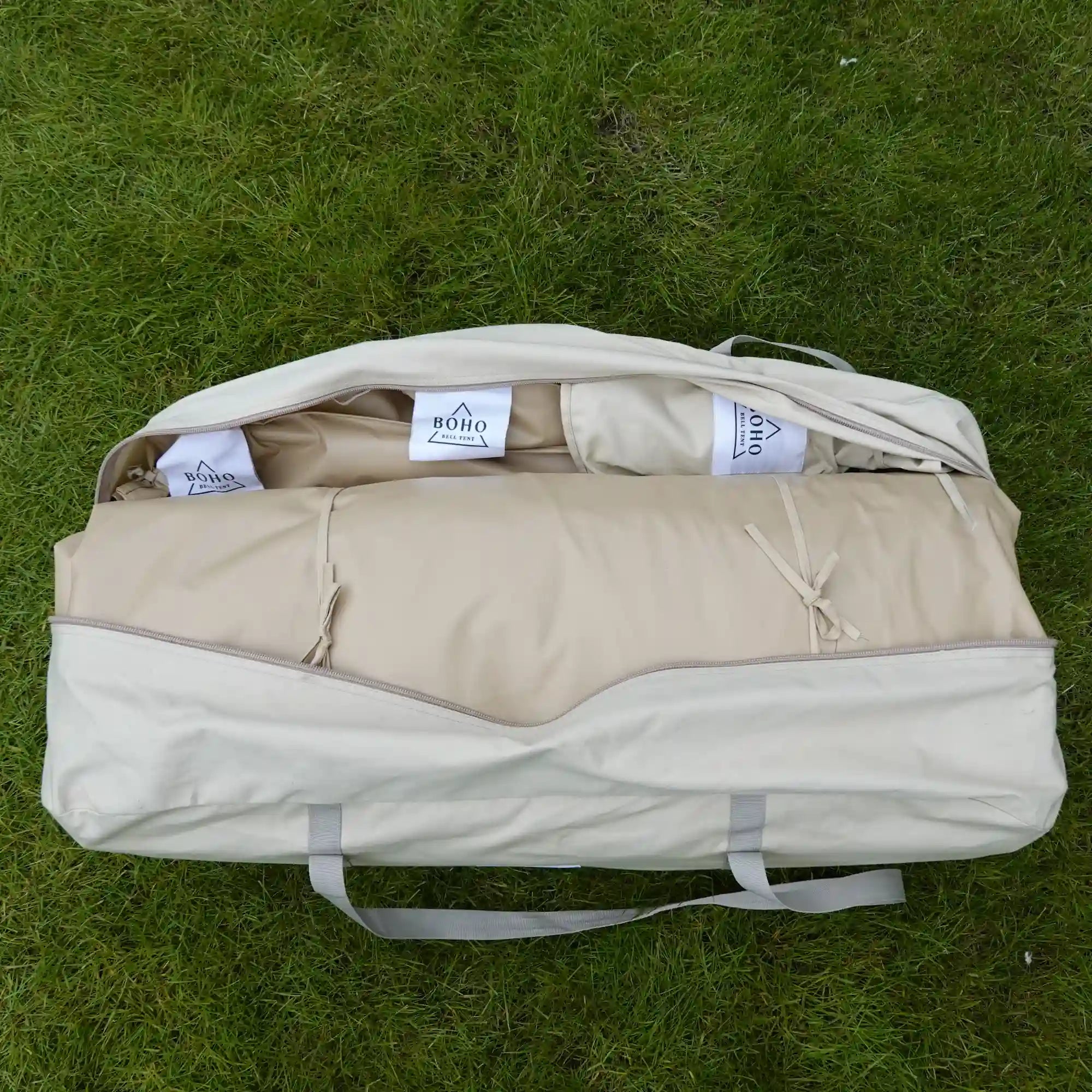
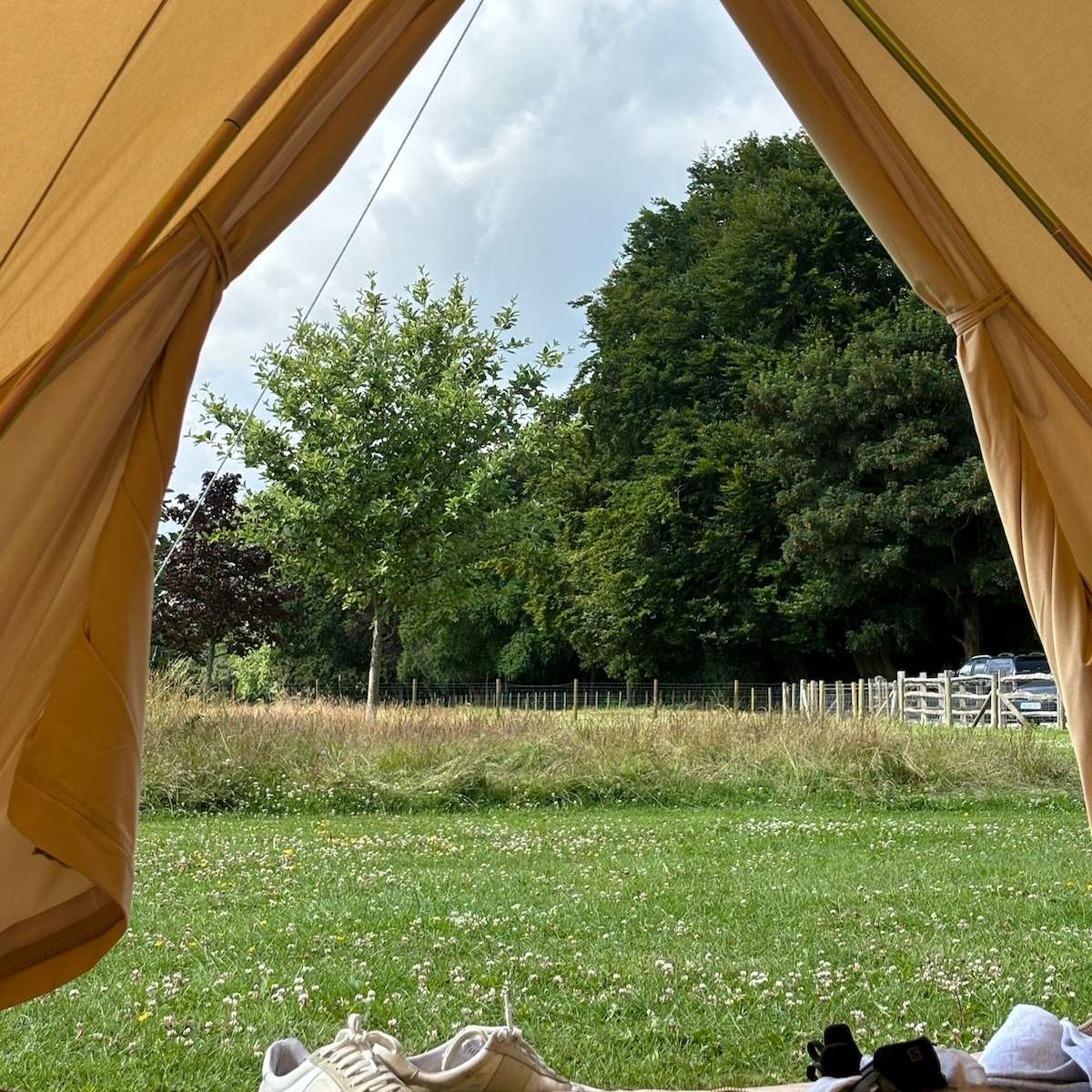
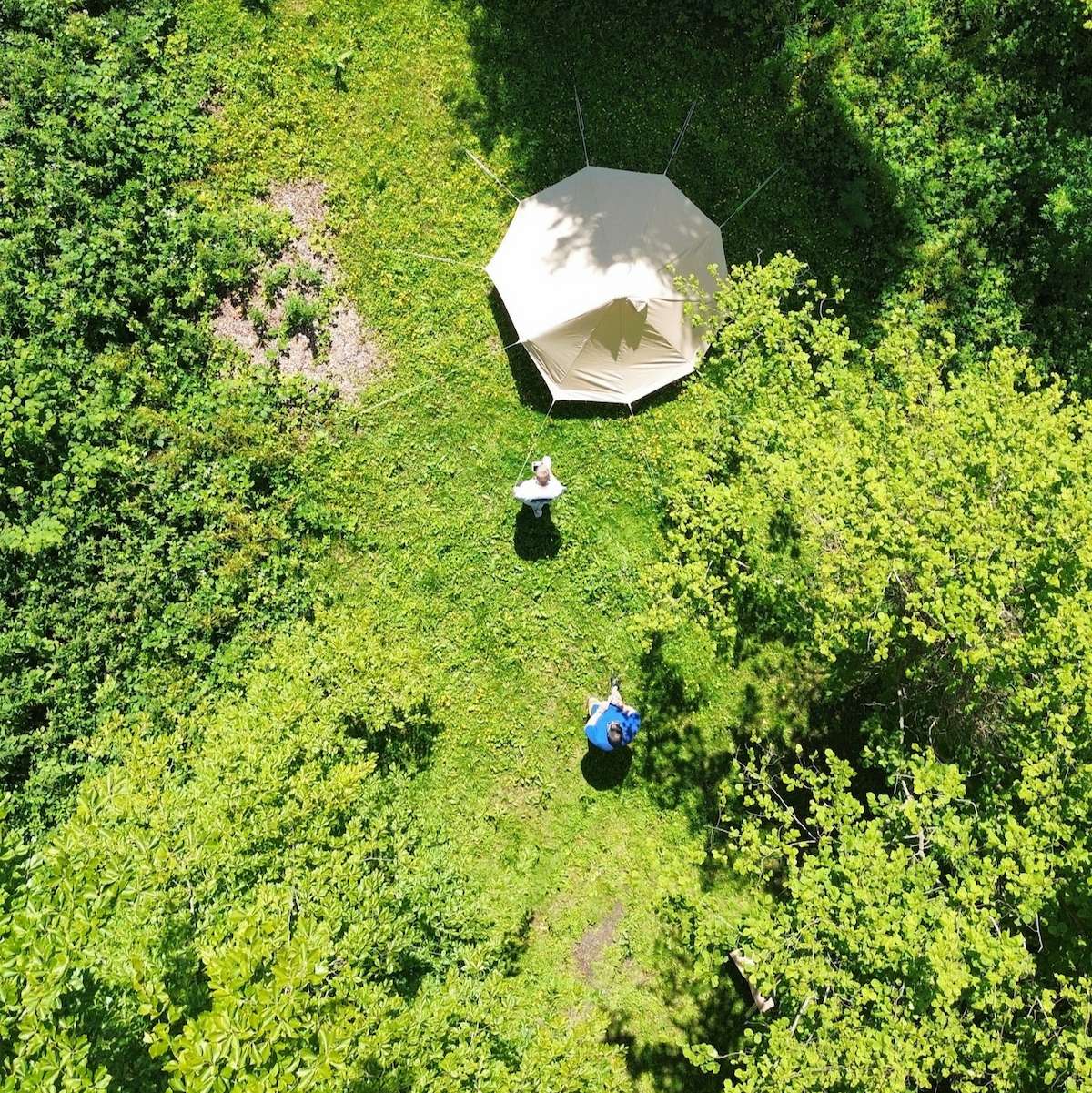
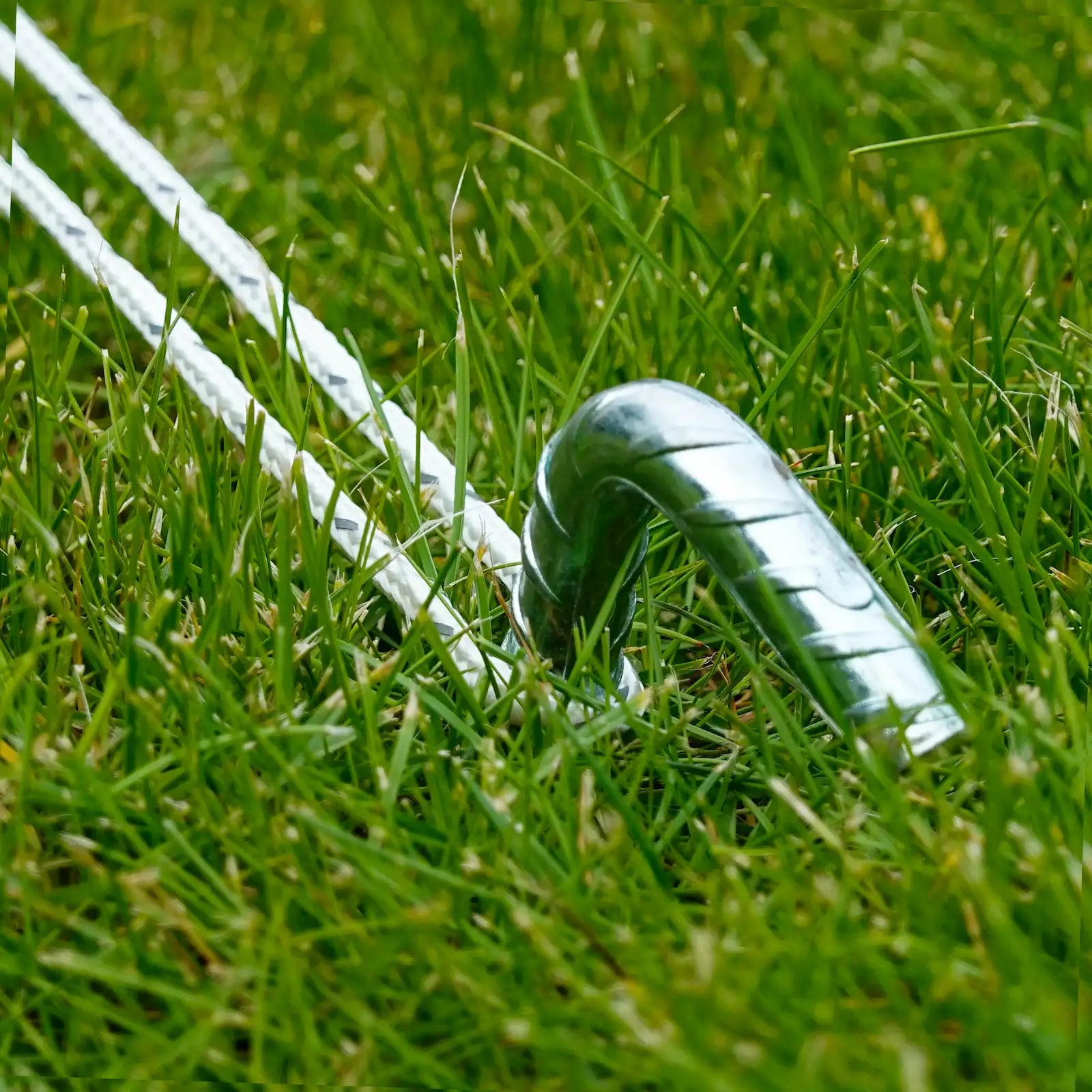
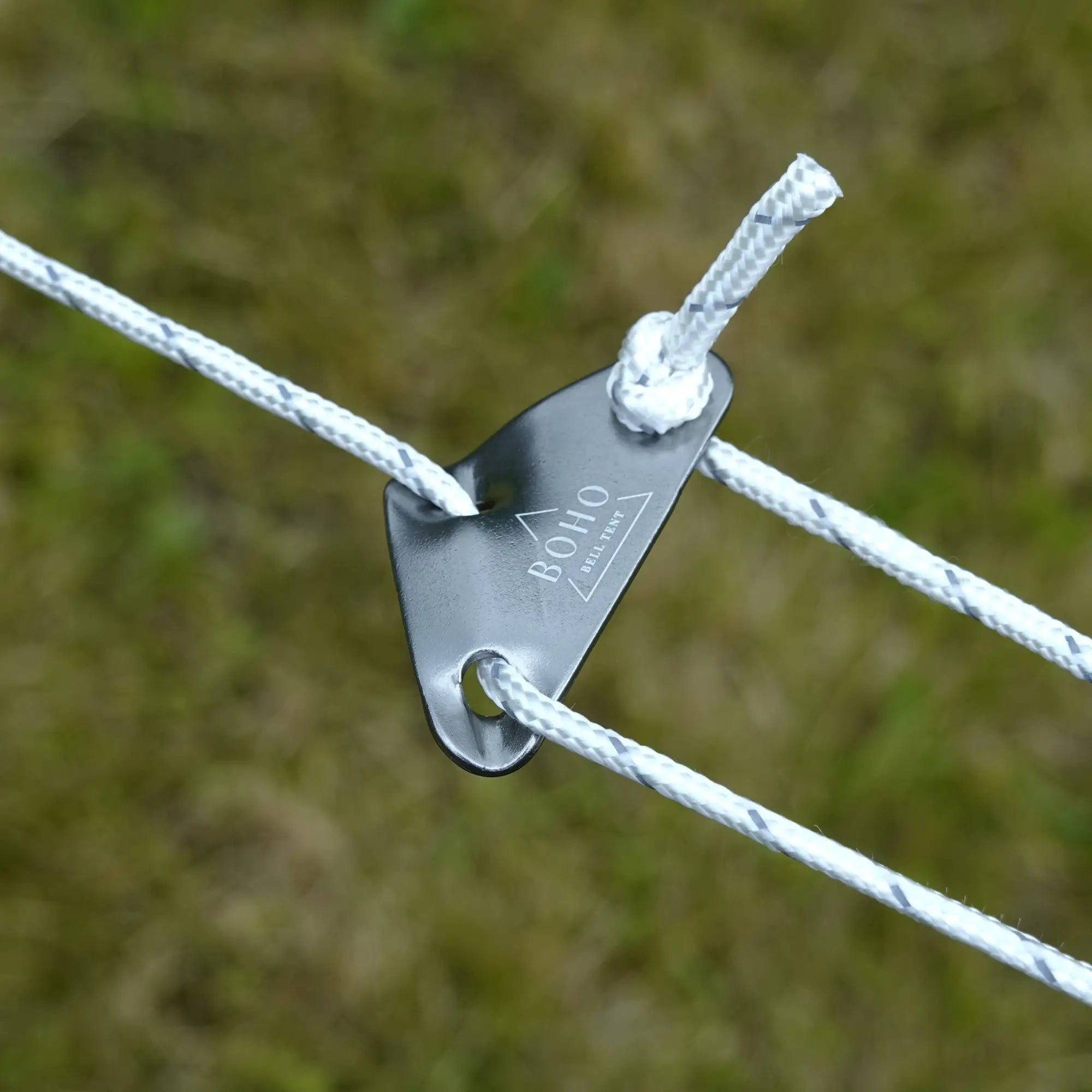
At Boho Bell Tent, we’ve helped hundreds of customers find the perfect setup for festivals, weddings, and off-grid escapes. So if you need any help at all, be sure to reach out!
Share:
10 Essential Glamping Accessories for Bell Tent Camping
How Glastonbury & Boardmasters Introduced Glamping With Bell Tents